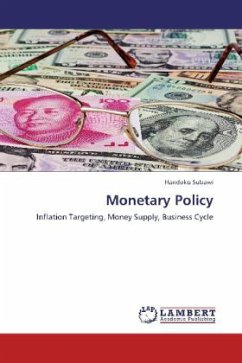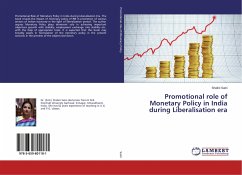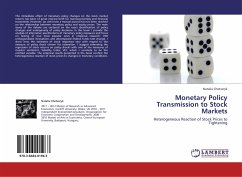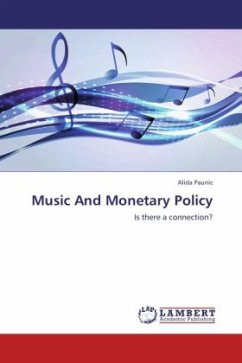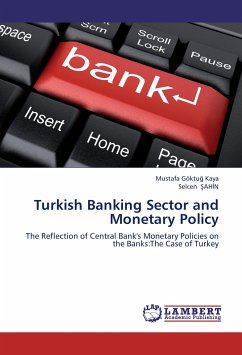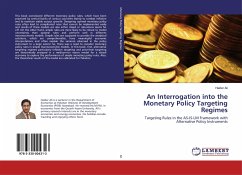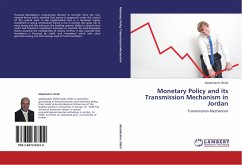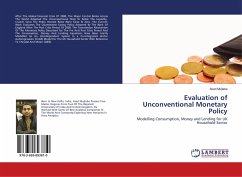Over the second half in twentieth century, there is unfinished polemic among economists who ask about capability level of central bank when they have to decide how many money should be maintained in circulation to stimulate employment expectation and to retard inflation rate at minimum level. This book provides consecutively guidance to utilize new Taylor rule in monetary policy making. The multi quadrant model eases to configure an interrelationship among economic factors. This book reveals hypotheses of how to recover weakened business cycle, how to trace instability effect due to an excess money supply, and how far excess money supply will influence a business cycle. The analysis helps to recommend strategic action to stabilize economic disturbances in short and long term, and should be especially useful to professionals in banking and finance fields, or anyone else who may be considering utilizing economic indicators in decision making efforts.
Bitte wählen Sie Ihr Anliegen aus.
Rechnungen
Retourenschein anfordern
Bestellstatus
Storno

